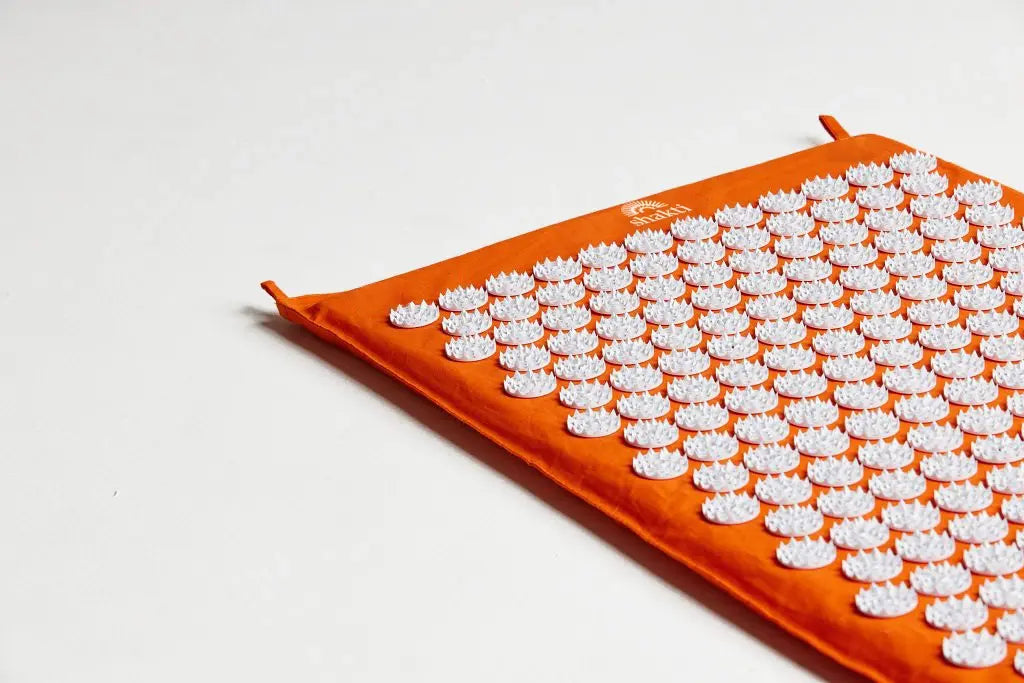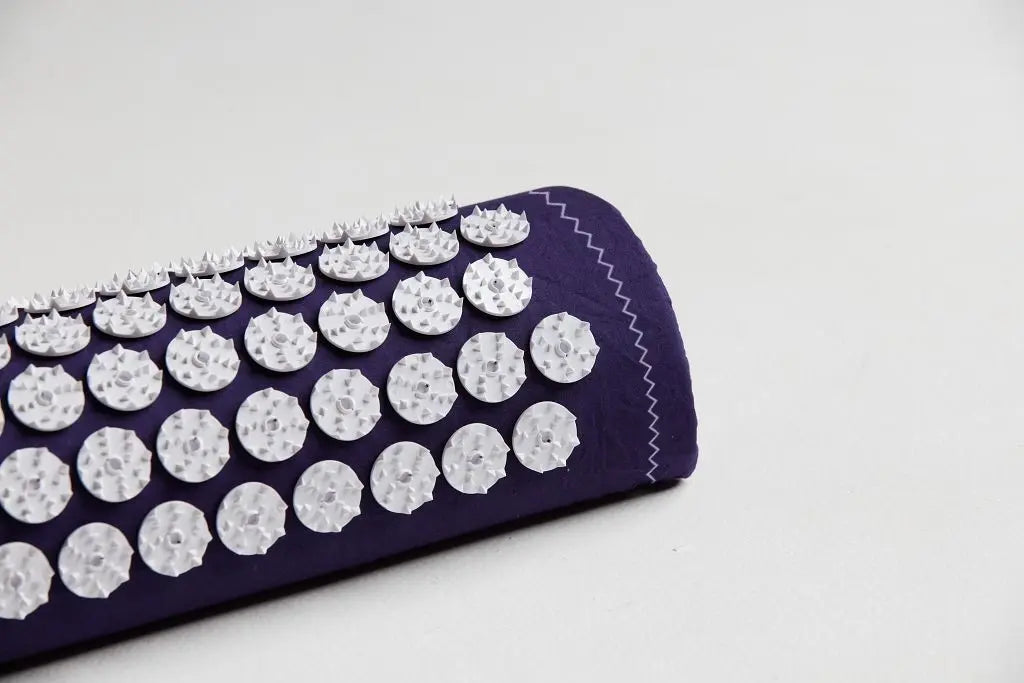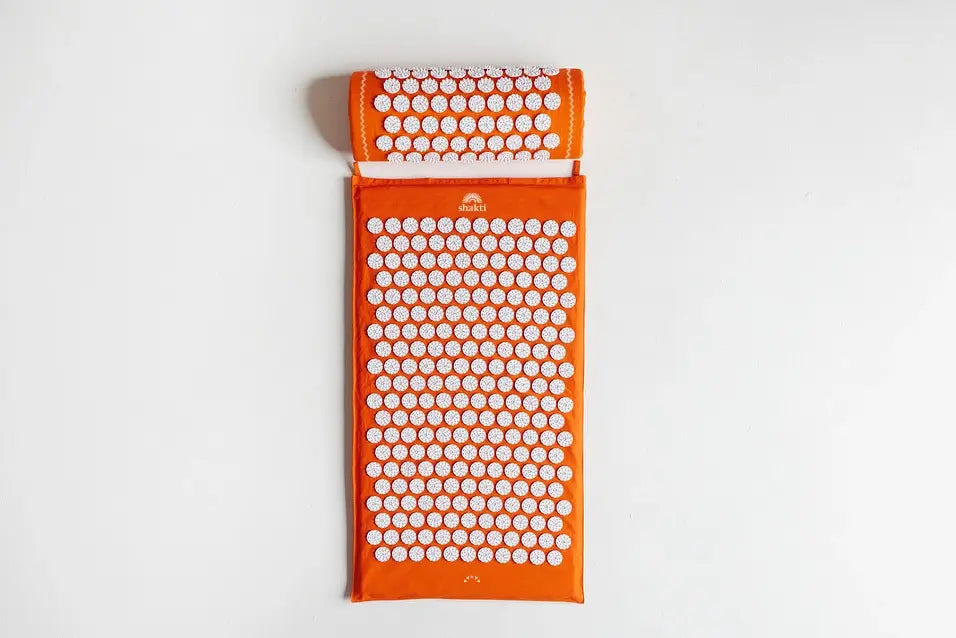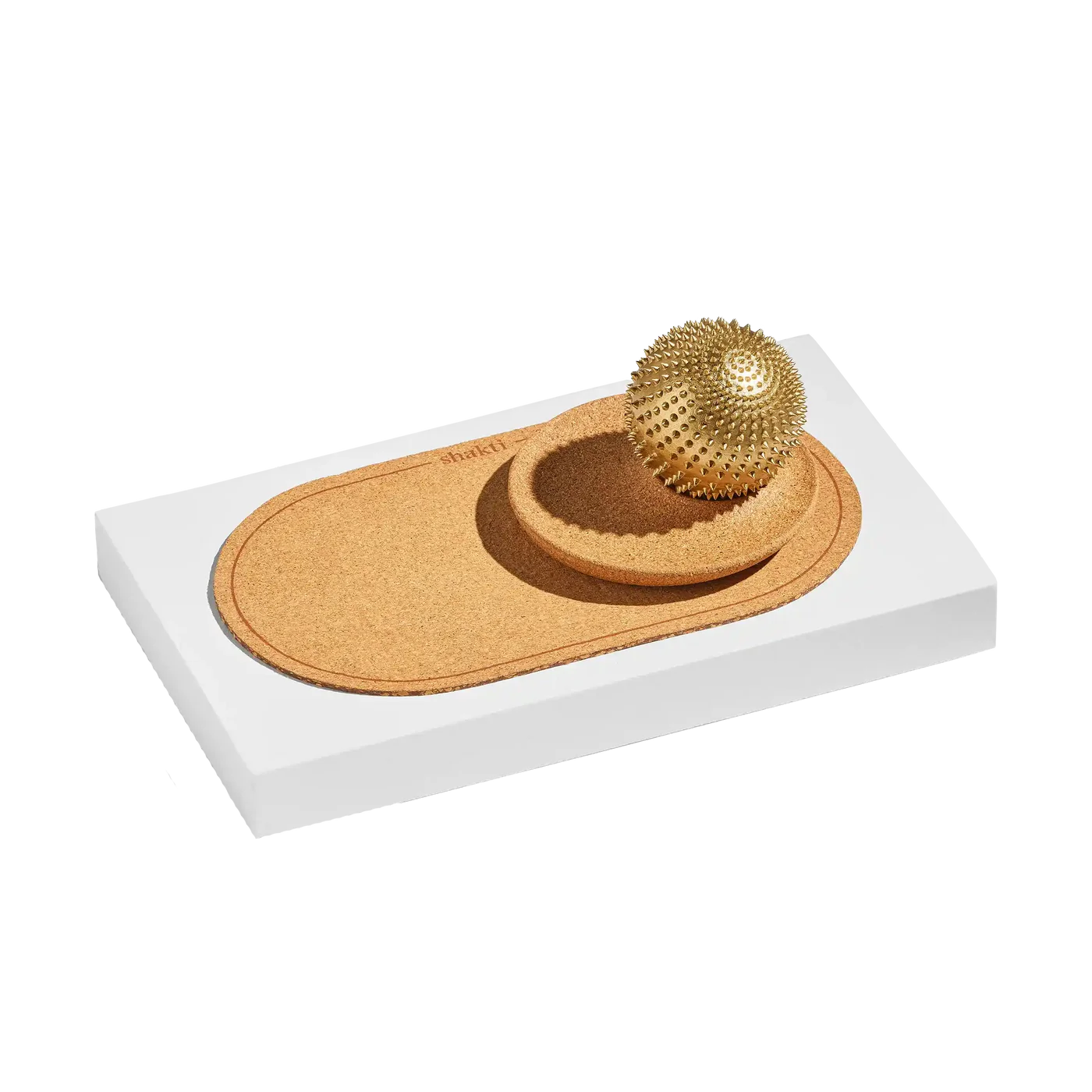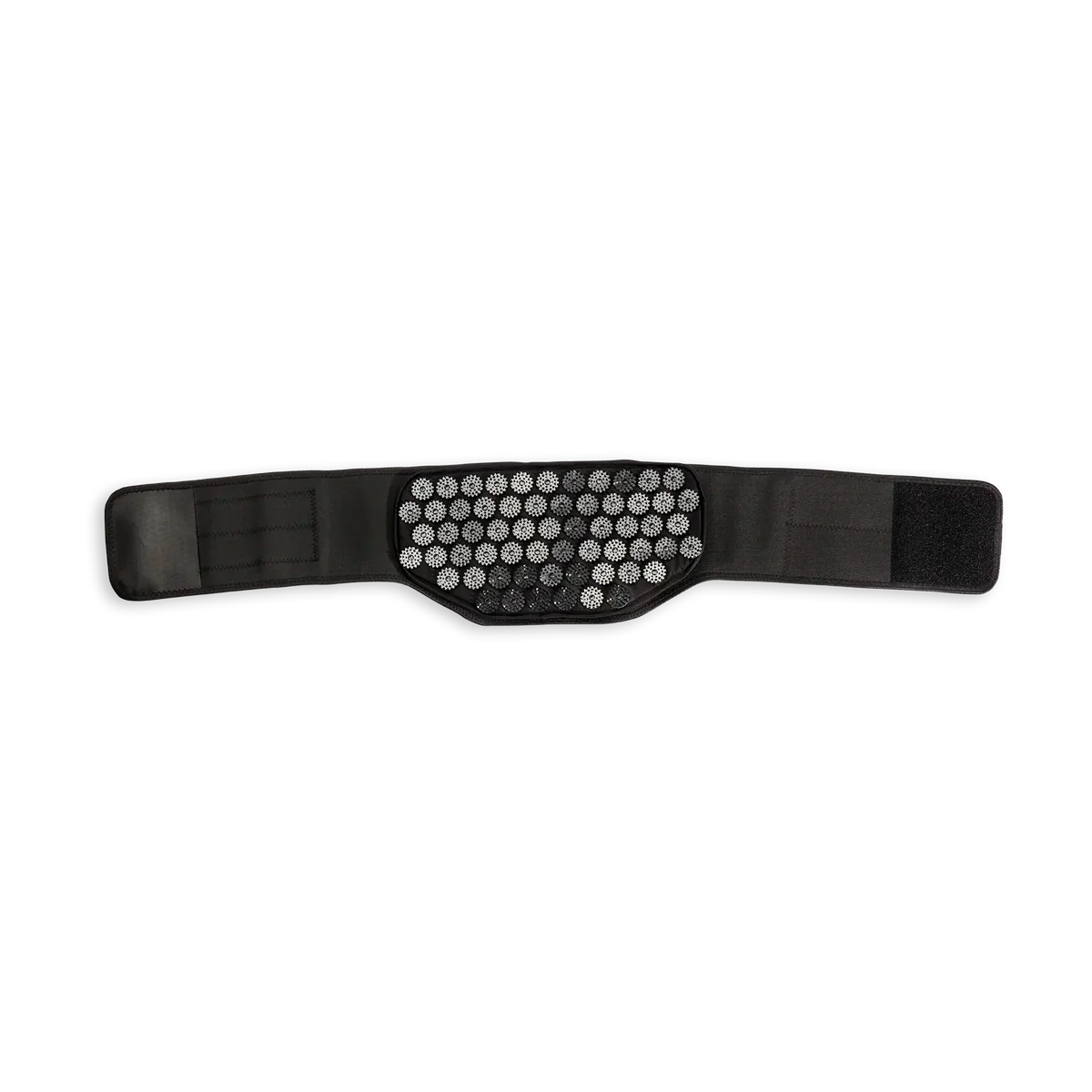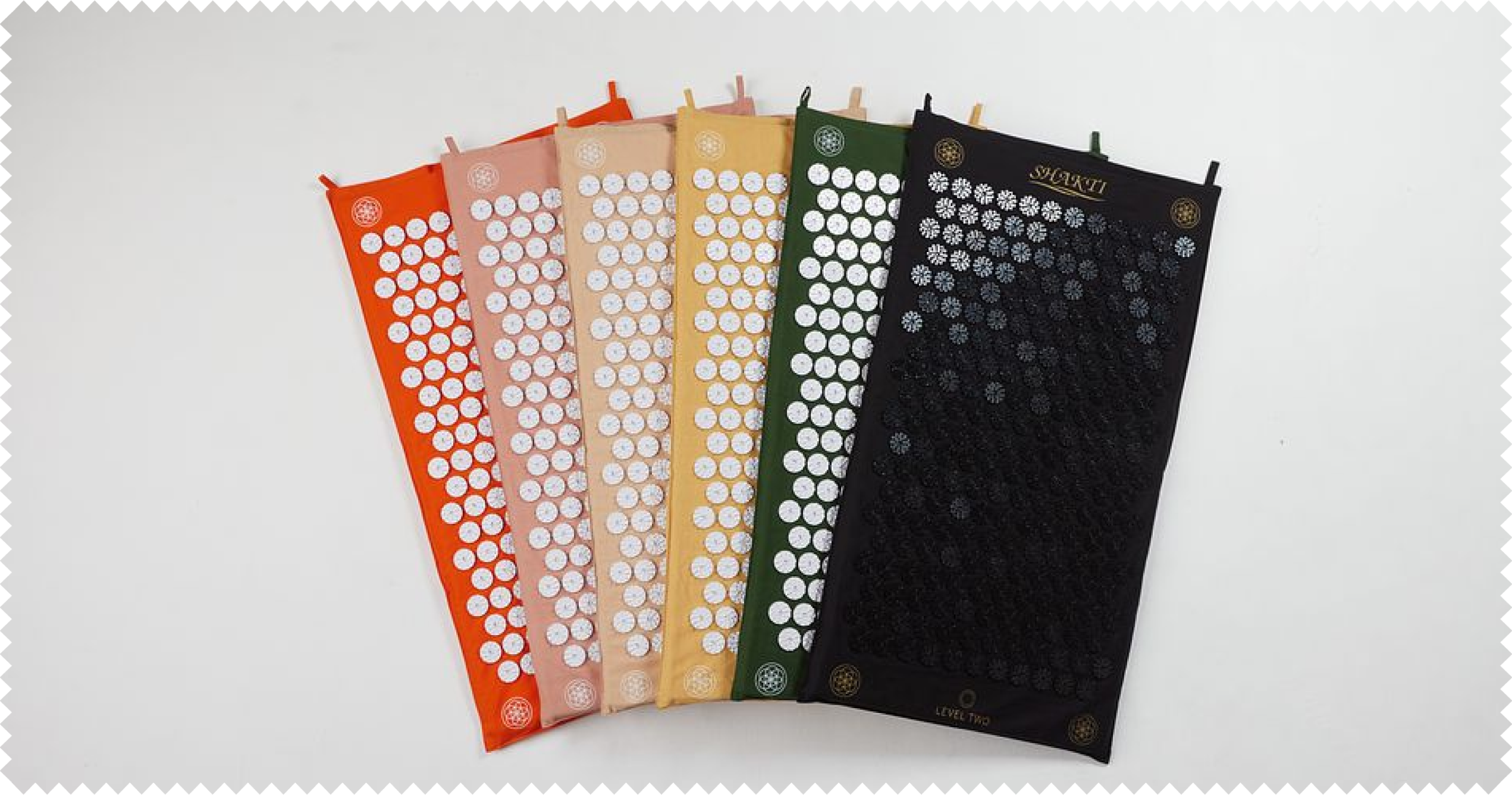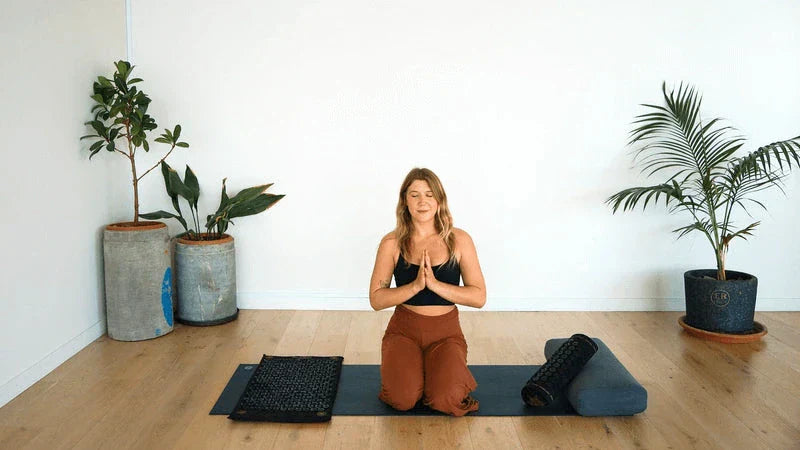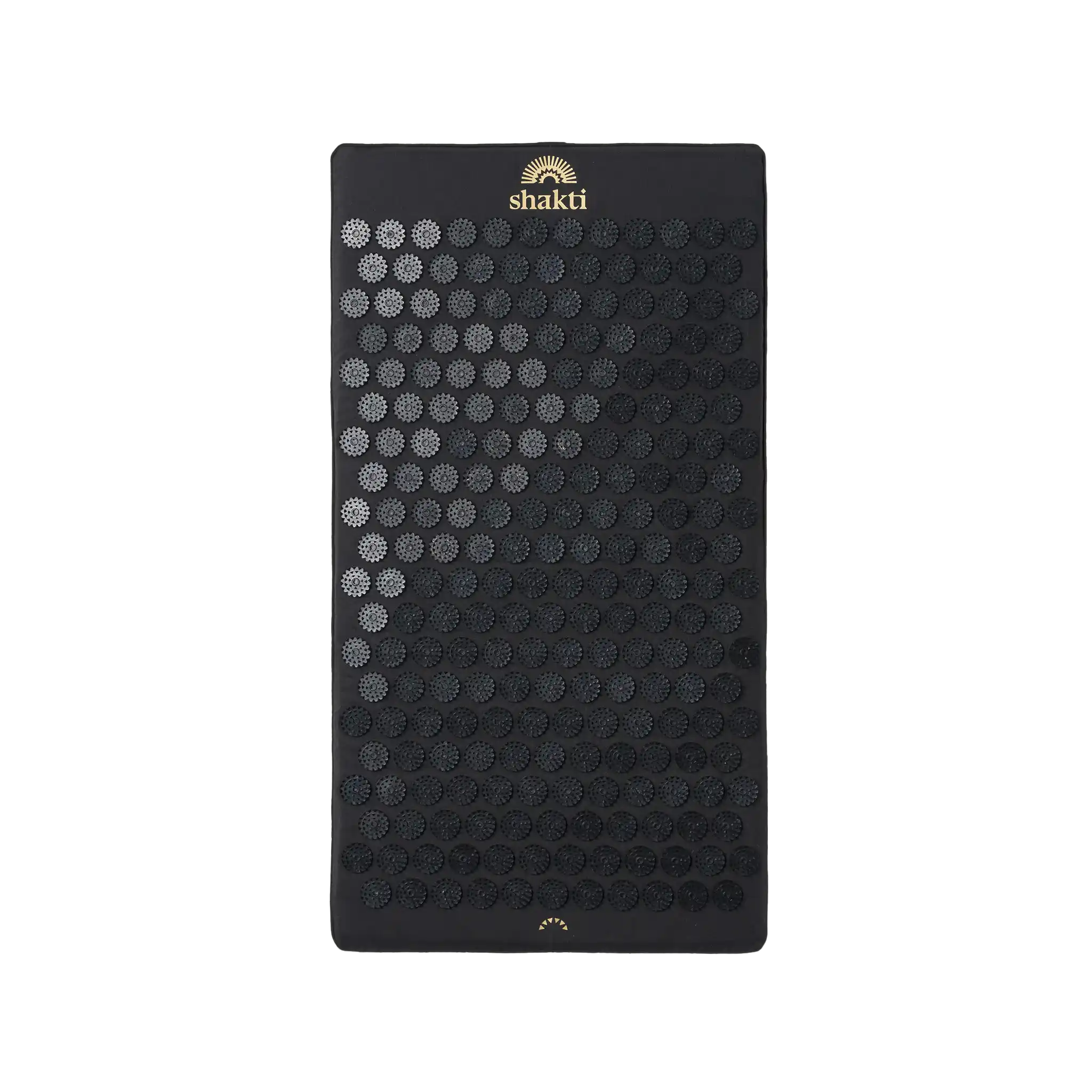Hectic days, deadline pressure, family worries: especially in stressful situations, it is important to regularly slow down your body and mind and restore your own balance. It doesn't even take much. Did you know that a single nerve in your body plays a crucial role in regulating relaxation and stress? The vagus nerve, also known as the 'rest and relaxation nerve', helps to reduce tension, balance the nervous system and regenerate the body. And it gets even better: through targeted exercises, you can massage your vagus nerve, activate it and promote your general well-being.
Sounds exciting? In the guide, we show you how you can relax "at the touch of a button" by stimulating the vagus nerve.
Content
2 Vagus nerve tension: symptoms and causes
3. massaging the vagus nerve: the benefits
4. calm the vagus nerve: How do you balance the autonomic nervous system?
5. the best vagus nerve exercises
What is the vagus nerve?
Before we get to massaging the vagus nerve, we would first like to explain why it plays such an important role. You can think of the vagus nerve (Latin: nervus vagus) as a messenger in your body that is responsible for rest and regeneration. This cranial nerve belongs to the so-called parasympathetic nervous system - the part of your autonomic nervous system that is active when you are at rest. The parasympathetic nervous system slows down your heart rate, aids digestion, stores energy and promotes recovery. Autonomously and without you having to think about it.
Where is the vagus nerve? Course in the body
Like a control center, the vagus nerve regulates communication between your brain and your body and its organs. The unique "tenth cranial nerve" begins its journey in the brain stem, the oldest part of the brain, and runs via your neck and chest down to your abdomen. On its journey, the vagus nerve spreads out like a widely branching tree and reaches practically every corner of your body - from the heart to the kidneys, liver, spleen and digestive organs.
By activating the vagus nerve, you are therefore able to influence the function of these organs and activate your body's own self-healing powers. Pretty clever, isn't it?
Interplay of parasympathetic and sympathetic nervous system
But now there is a second player in your nervous system: the sympathetic nervous system. It is responsible for activity, reaction and the famous "fight or flight" mode. If you find yourself in a stressful situation, the sympathetic nervous system switches on and the parasympathetic nervous system withdraws along with the vagus nerve. Perhaps you have had trouble calming down after a hectic day or your digestion has rebelled?
Sympathetic and parasympathetic nervous systems thus work as counterparts that maintain balance in a healthy body.
Vagus nerve tension: symptoms and causes
Now that you have internalized the theoretical aspects, you can probably imagine what the main causes of vagus nerve tension are: they can range from physical stress, such as excessive exertion or injury, to psychological stress. Certain diseases or conditions that affect nervous system function can also cause strain. Examples include diabetes, Parkinson's disease or multiple sclerosis.
If the vagus nerve no longer fully performs its task, a range of symptoms can occur: as it plays a key role in controlling your digestion, complaints such as bloating, constipation, diarrhea or nausea can be triggered by the vagus nerve. It can also cause dizziness or fainting - because overstimulation of the nerve can cause a sudden drop in blood pressure. Palpitations, hoarseness or shortness of breath can also be signs of tension in the nerve.
Please remember: If you experience the above symptoms, they are not necessarily due to problems with your vagus nerve. If in doubt, you should therefore consult a medical professional to find the perfect treatment method for you.
Massage vagus nerve: the advantages
Before we give you specific tips on how you can massage your vagus nerve and restore your inner balance, we would like to give you an overview of the benefits of these applications. Because with vagus nerve stimulation exercises, you have a great tool at your disposal that can positively influence your autonomic nervous system, even if the latter works "stubbornly".
By activating the vagus nerve you achieve:
- the regulation of your breathing rate
- calm breathing deep into your belly
- lowering your pulse and heart rate
- the optimization of your digestion
- the cell regeneration
- the improvement of your sleep
- the reduction of stress
- the stimulation of your immune system
Particularly interesting: In science, massaging the vagus nerve is used as an innovative method for treating various diseases. Impressive results have already been achieved in alleviating conditions such as depression or chronic pain; the vagus nerve is also associated with the intestines and digestion.
Calm the vagus nerve: How do you balance the autonomic nervous system?
As a rule, your autonomic nervous system resembles a finely tuned scale: On one side is the sympathetic system with the sympathetic nervous system, which controls your "fight or flight" reactions. On the other side is the parasympathetic system with the parasympathetic nervous system. Here, the vagus nerve takes over and provides "rest and digest".
In modern people, however, this balance tends to tip more to the side of the sympathetic system. However, as the nerve runs along your neck, there are effective and simple ways of massaging and calming the vagus nerve and thus helping to restore balance to the autonomic nervous system.
Relax, breathe deeply, activate parasympathetic nervous system
The vagus nerve is a central part of the parasympathetic nervous system. Therefore, the first step on your journey to calming the vagus nerve is to focus on general techniques and activate the parasympathetic system holistically. This will give you a solid foundation on which to build further vagus nerve massage applications.
You should regularly incorporate the following points into your daily routine to activate your parasympathetic nervous system:
-
Breathing techniques
Slow, deep breathing is an excellent way to stimulate your parasympathetic system. Try to dedicate a few minutes a day to conscious breathing. The so-called '4-7-8 breathing technique' works particularly well: sit or lie down comfortably and close your eyes if you like. Breathe in deeply through your nose and count to four. Now hold your breath and count to seven. In a final step, breathe out slowly through your mouth and count to eight. Repeat this sequence for a few minutes.
-
Meditation and mindfulness
Meditation and mindfulness practices can activate your parasympathetic nervous system in a profound way and thus help to calm your entire nervous system. Both practices promote concentration on the present moment and allow you to detach yourself from stressful thoughts and worries. Performing meditation or mindfulness exercises on an acupressure mat or while wearing an acupressure headband also promotes the release of endorphins, your body's natural 'feel good' chemicals. Stress hormones are reduced, blood flow is stimulated and your body is put into a relaxed state.
-
Healthy diet
A balanced diet with plenty of fruit, vegetables, whole grains and healthy fats can help keep your nervous system healthy. There is even some evidence that certain foods, such as fatty fish and fermented foods, 'trigger' a vagus stimulus.
The best vagus nerve exercises
If you consider that your vagus nerve extends from your head all the way down to your kidneys, you quickly realize that stimulating this cranial nerve affects your entire body. One such stimulation can be simple, deep breathing - a method that you may already intuitively reach for as soon as your stress levels rise. There are also numerous other exercises that you can use to massage and activate. Let's get started!
Vagus nerve self-massage: instantly relieve stress and anxiety
Simple exercises to massage the vagus nerve can help you to influence your everyday stress. The great thing about it is that you don't need any special aids or have to spend a lot of time - because you can do the following self-massage anytime and anywhere. Place both palms on the side of your neck. Stroke the skin between your ear and shoulder in gentle circular movements. You are virtually 'on' your vagus nerve and can stimulate it with the gentle pressure, which in turn calms and relaxes your system.
Vagus nerve massage on ear
If you want to reap the benefits of acupressure for your vagus nerve, pay attention to your ears: The 10th cranial nerve also runs through your ears - and there are important acupressure points around the ear which, according to traditional Chinese medicine, are connected to the vagus nerve.
-
Ear point in the auricle: You will find this point in a small depression above the ear canal. Massage this point with your finger. You can work on one or both sides at the same time.
-
Ear point in the ear canal: This point is located on the back wall of the ear canal. Here too, make gentle, circular movements, alternately or on both ears at the same time.
-
Ear point behind the ear: Perform gentle up-and-down movements behind your ears to massage the acupressure point of the vagus nerve. You can repeat this massage as often as you like.
Please note: As you do the exercises, focus on yourself and your deep, calm breathing. This will allow you to feel the relaxation and recovery that comes from gentle self-care. The stimuli of the vagus nerve massage are immediately transmitted to your brain and help to relieve acute stress.
Vagus nerve exercises for the eyes: stimulation through accommodation
Accommodation is the ability of the eye to see objects in focus at different distances. To do this, do the following exercises: Stretch one finger of your right hand and one finger of your left hand at different distances from your body. Now try to focus your fingers alternately with your eyes.
In the next step, turn your head once to the left and focus on a nearby object with your eyes. Then slowly turn your head to the right and focus on an object with your eyes again. Repeat this process a few times to massage your vagus nerve and calm down.
Why are these exercises so effective? They not only stimulate the section of the nerve that runs through your neck, but also the fine ciliary muscles in your eyes. These are an integral part of your visual process and are directly connected to the vagus nerve. By carrying out targeted eye muscle training, you promote your vision and create a pleasant relaxation for your entire nervous system.
Singing and humming can massage the vagus nerve
Sing your favorite songs with all your heart: songs with lots of vowels such as A, E, O or U as well as the so-called "bee humming" massage your vagus nerve and calm your mind. The branches of the vagus nerve run on both sides of the neck, along the larynx and trachea. At these points, the nerve can be activated by the vibration of your voice .
The "bee humming" exercise has its origins in yoga, is called "Bhramari" and combines breathing with sound for the vagus nerve. The best way to do this is to sit upright and take a deep breath. Then close your ears with your fingers and exhale in a long, calm humming sound. Try to lengthen the exhalation and let the sound flow evenly. Repeat this for several rounds and you will notice how a deep inner calm spreads through your body.
Massage vagus nerve by gargling
It couldn't be simpler: a glass of water to gargle in the morning is enough for a kind of massage! The vagus nerve is involved in the perception of taste and stimulates the muscles of the throat and larynx. Gargling activates these muscles in a similar way to humming or singing. This in turn leads to a kind of "massaging of the vagus nerve" and promotes calm and relaxation. Gargling also strengthens your immune system. For gargling, choose conventional salt water or another gargling solution that suits you.
Tip: If you use cold water to gargle, the nerve is activated twice - you'll find out why in a moment.
Cold stimuli stimulate the vagus nerve
A cold shower in the morning can have a positive effect on your serenity and massage and activate your vagus nerve. Cold reduces the activity of the sympathetic nervous system. At the same time, the parasympathetic nervous system is stimulated. The brief and refreshing effect of cold water, for example, can influence the balance of your nervous system and have a positive impact on your stress levels and general well-being. For this reason, the well-known Wim Hof method is an excellent tool for massaging the special nerve - because it consists of three main components: breathing exercises, cold training and meditation.
Massage vagus nerve by sticking out the tongue
Ouch! Although it is frowned upon in everyday life, consciously sticking out your tongue can help to stimulate your vagus nerve. For this exercise, position yourself in a squatting position, shifting your weight onto your heels. Tilt your head back and stick your tongue out as far as possible. Make a hissing sound as you exhale. You can also lean forward a little by resting your hands on your knees.
The reason why this exercise works is that the movements of the tongue require the involvement of the ninth, twelfth and tenth cranial nerves - the vagus nerve.
Laughter is the best medicine
Methods such as laughter yoga and the like show the positive effect that laughter has on well-being and the body. Laughing makes you breathe more intensely and helps stimulate your vagus nerve. It also engages facial muscles that are directly related to the nerve. This means that when it comes to massaging your vagus nerve, you should live by Charlie Chaplin's motto as much as possible: "Every day you don't smile is a day lost."
Massage vagus nerve: gentle touch, powerful effect
Massaging the vagus nerve helps the body, mind and soul in many ways. Especially in stressful situations, vagus nerve exercises such as ear massages, cold applications, relaxing on the acupressure mat or laughing help you to activate your parasympathetic nervous system and achieve calm and relaxation. The proximity of the nerve to your head enables information to be transmitted quickly to your brain, making these techniques very effective. Connect lovingly and consciously with your vagus nerve to consciously reduce your stress and promote your general well-being and health with increasing relaxation.
We wish you good luck and many relaxing moments!



